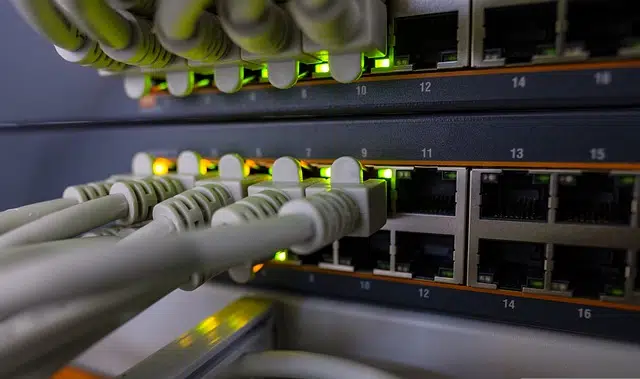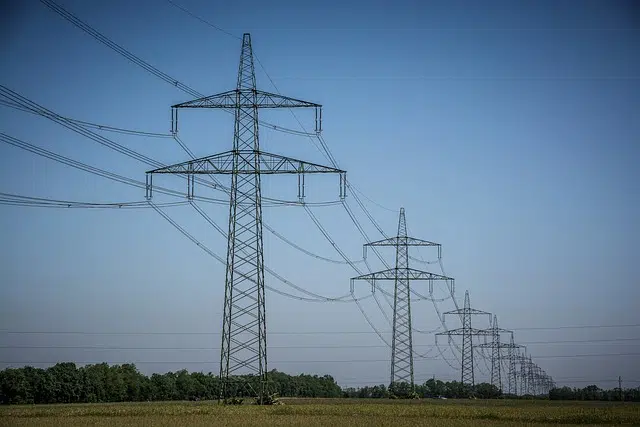
The interconnection of networks makes the existence of the Internet possible.
The act and result of interconnecting is called interconnection . The verb interconnect, in turn, refers to connecting two or more elements together .
To understand what an interconnection is, therefore, one must first be clear about the notion of connecting. This action refers to linking or communicating different systems , devices or individuals , allowing signals, data, information, etc. to circulate between them.
Returning to the idea of interconnection, the term is usually used with respect to the logical and physical connection of telecommunications networks . Thanks to interconnection, users of different operators can communicate or use services provided by a different operator.
Interconnection of computer networks
It is common for the Internet to be defined as a network of networks : numerous networks, managed by various people or entities, connect to each other and allow Internet users to exchange data. The operation of the Internet is possible thanks to the interconnection of these networks, making it easier for content to circulate among users.
Interconnection agreements are usually voluntary between operators. Still, in the telecommunications industry, interconnection charges can arise when a service provider charges a competitor to access its network .

Electrical interconnection allows electricity to reach the various corners of a territory.
The phone calls
In the case of telephone calls, if the user of a company X calls the customer of a company Y , company
This operation may involve an interconnection charge, the amount of which is generally established or controlled by an authority in charge of regulation.
Electrical interconnection system
An electrical interconnection system , finally, is a network that is established from high voltage lines that allow the interconnection of different regions. Thanks to this interconnection, electrical energy is distributed throughout the territory.
In this way, we also talk about international interconnections , which represent the group of lines and substations installed between neighboring countries to give rise not only to an exchange of energy but to various benefits. For example, it is one of the fundamental measures to achieve the ideal of renewable energy and achieve decarbonization, so large companies invest especially in it.
Benefits of international lines
The benefits that are registered through international interconnections are both economic and technical, and among them we can mention the following:
* Renewable energies are becoming more integrated : interconnection is growing and at a proportional rate this project is also becoming more viable, because the systems are increasingly capable of working renewably under safe conditions. This occurs because the energy that cannot be used in one system is sent to another, so that it is not wasted;
* contributes to security and stability : exchanges can be carried out when necessary so that the supply is not interrupted in case of problems with a particular system;
* systems become more efficient : in the same way that happens in any work group, taking advantage of other people's work enhances one's own capabilities. In the case of international interconnections, the surplus energy of each system can be used in another that really needs it, trying to move the flow from the place where production is more economical to where it costs more money;
* competition increases : since this is a network of countries that exchange energy, each must strive to offer a competitive service. If you can get others to accept your offers, the price of the service is reduced.
